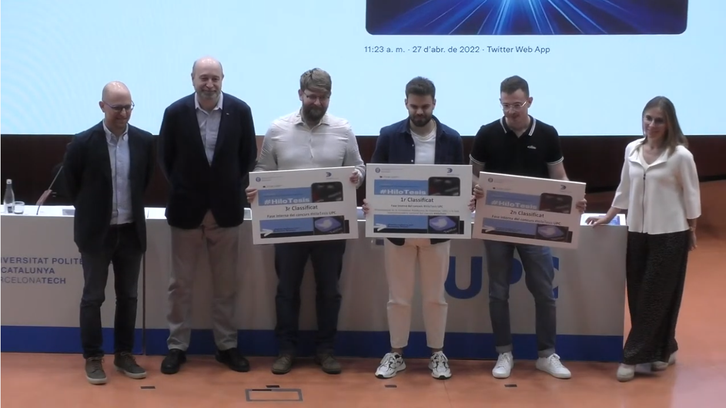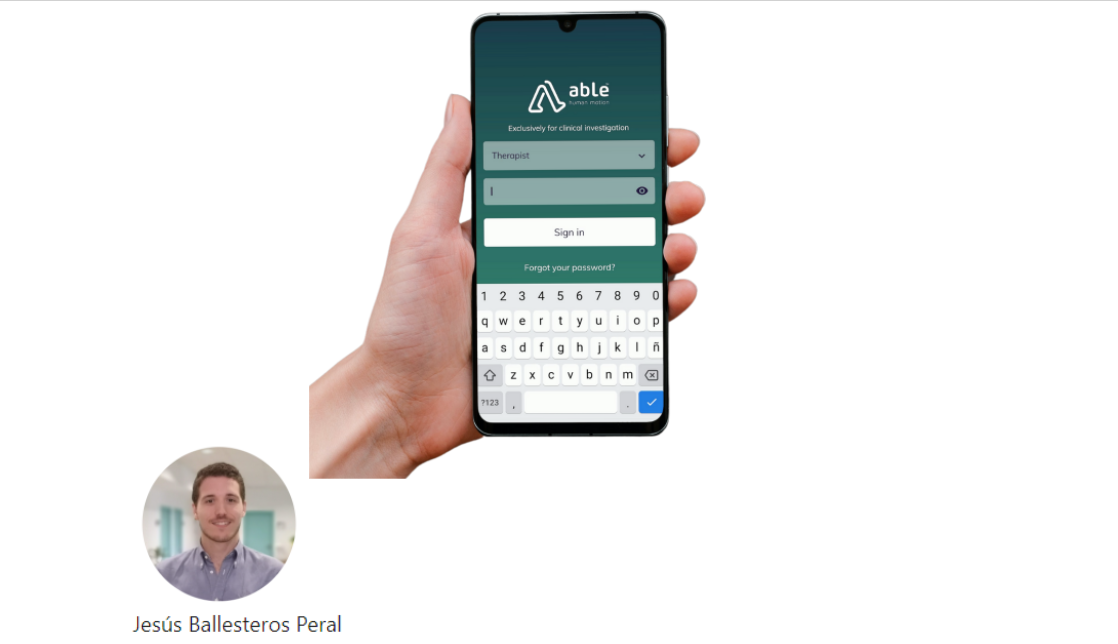Coordination and research duties in the project “Advanced Database for Biomaterials with Data Analysis and Visualisation Tools extended by a Marketplace with Digital Advisors”.
L’European Research Council (ERC) ha atorgat a la professora Cristina Canal un dels ajuts ‘Proof of Concept’, destinats a apropar al mercat els avenços en recerca de frontera. Amb aquest ajut, la investigadora del Grup de Recerca de Biomaterials, Biomecànica i Enginyeria de Teixits (BBT) del CREB UPC avaluarà la viabilitat de portar al mercat una nova teràpia per tractar l’osteosarcoma, amb menys efectes secundaris, i que permet la regeneració òssia.
El dijous 12 de maig es van lliurar els premis de la "II Edición del Concurso Tu Tesis Doctoral en un Hilo de Twitter: #HiloTesis" que convoca la Xarxa de Divulgació i Cultura Científica de la Comissió Sectorial de I+D+i de la Conferència de Rectors de les Universitats Espanyoles. El concurs persegueix que aquells investigadors/es en formació puguin divulgar la seva tesi doctoral en un fil de no més de 20 tuits adaptant el contingut a un llenguatge senzill, accessible i atractiu.
Understanding better how movement is produced, can help us to find new treatments, to define novel rehabilitation plans or to design personalised assistive devices to improve the mobility of people with skeletal and neuro-muscular disorders. This can be done through motion simulation using mathematical models that represent the human neuro-musculoskeletal system.
At the Biomechanical Engineering Lab, they developed an optimal control problem formulation capable of predicting different patterns of crutch-assisted walking. Then, they investigated whether the use of a computational approach to personalise pre-defined knee actuation parameters for an active knee-ankle-foot orthosis would be a better choice than the current trial-and-error approach. They explored different optimal control problem formulations that allowed to simulate different pre-defined assistive knee angle trajectories, so that the best walking pattern for a specific individual with spinal cord injury could be identified.
ABLE Care allows quick, easy, and intuitive access to the profile of each user, where the most relevant information about their injury and the parameters and adjustments of the exoskeleton are recorded. It allows optimizing the time of the session, reducing the time necessary for its preparation. Thus, the time during which the patient is performing gait training is maximized.
In addition, it allows monitoring the patient's evolution through quantifiable metrics such as the number of steps and distance traveled, standing time, and walking time. If necessary, it allows a more exhaustive analysis to obtain more information about the efficiency of gait.
ABLE Care, in the same way as the exoskeleton, has been developed through co-creation with clinical professionals and patients that have been involved since the beginning of the project.







